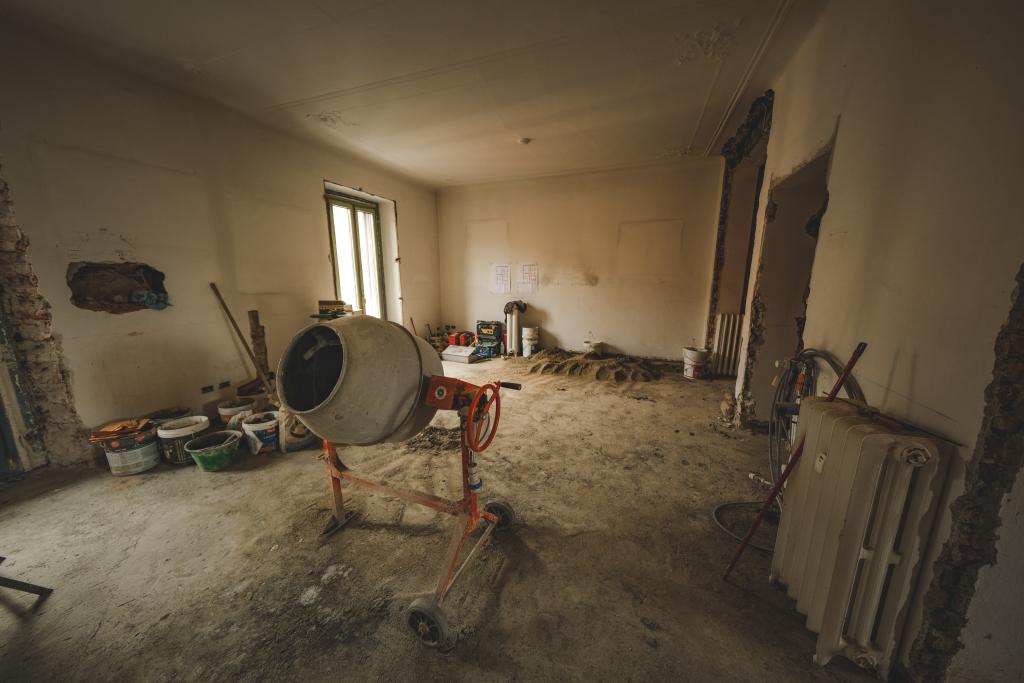
What state of dereliction does a house have to reach before it can be viewed as not suitable for use as a dwelling for the purposes of Stamp Duty Land Tax (SDLT)? A tax tribunal gave guidance on that issue in a case of importance to the legion of property developers engaged in domestic property renovations.
A house that had been empty for some time following the death of its owner was purchased by a company with a view to refurbishing it for resale. The company asserted that it was in such poor condition that it was not suitable for use as a dwelling, within the meaning of the Finance Act 2003.
On that basis, it argued that SDLT was payable at the lower, non-residential rate and applied for a £12,350 tax rebate. After HM Revenue and Customs refused the application, the company appealed.
Ruling on the matter, the First-tier Tribunal (FTT) noted that the ceiling of the house’s kitchen had partially collapsed, apparently due to a leaking water pipe. Rotten joists meant that parts of the property could not be safely accessed. Dangerous wiring had to be entirely replaced, together with the obsolete heating system.
On the other hand, the rotten joists had been swiftly replaced at relatively low cost, the stairs remained usable and the damage affected less than half of the property’s overall floor area. The building, including the roof, at all times remained fundamentally sound and no part of it required demolition.
The FTT acknowledged that there are cases in which a property may be so derelict as to render it unsuitable for use as a dwelling for SDLT purposes. Asbestos may, for example, be extensively present or there may be structural defects, or missing elements of essential fabric, that render a property uninhabitable.
Dismissing the appeal, however, the FTT emphasised that such cases are relatively few and far between. The critical question is not whether a property is immediately habitable or ready for occupation, but whether it is suitable for residential use. The house in question, whilst parts of it were in a state of disrepair, contained all the required facilities for living. On the evidence, the company had not taken a non-residential building and made it into a dwelling.